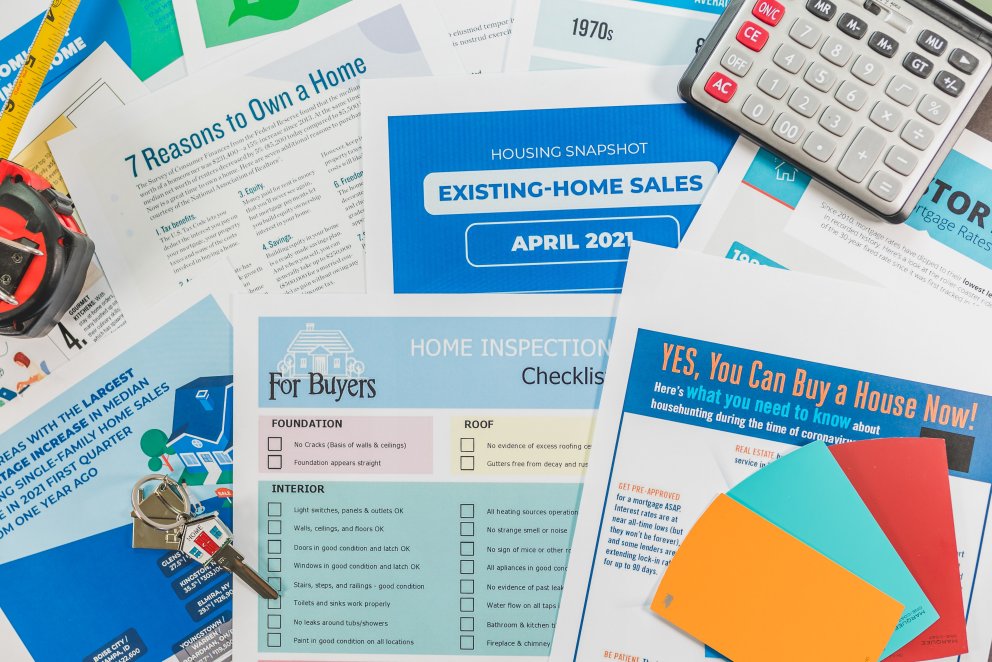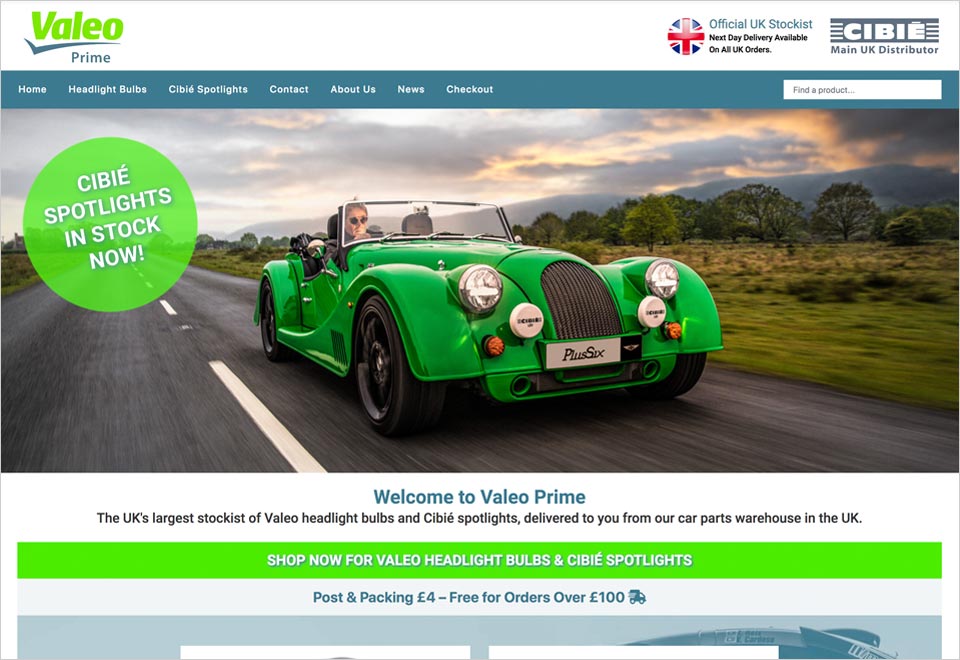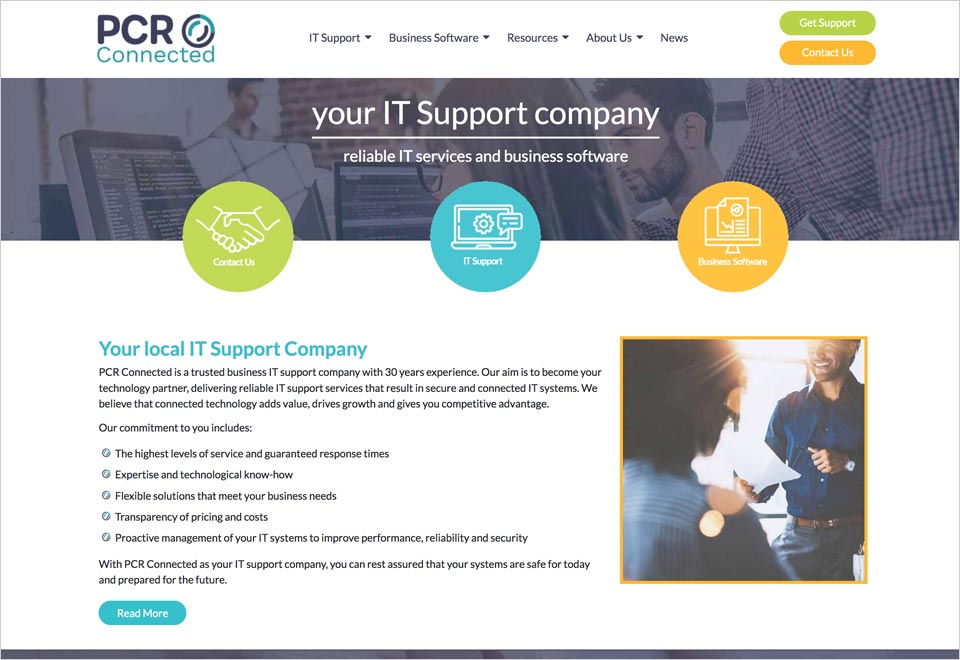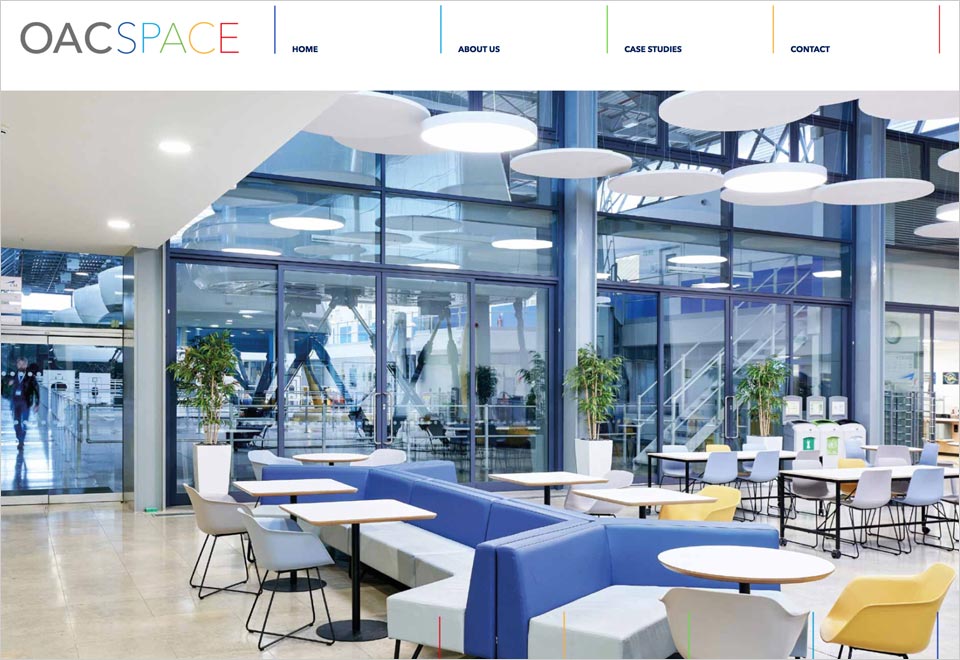'ATL' and 'BTL' are two of the most common buzzwords in the advertising world, but you're forgiven if you didn't know what they actually mean.
Each of these acronyms refers to two opposing methods of advertising.
ATL stands for 'above the line', and refers to any media channels that reach a wide, non-specific audience with the aim of increasing brand awareness. These methods include TV and radio adverts, as well as print ads in newspapers.
BTL stands for 'below the line', which broadly groups together the media platforms that produce focused, targeted campaigns that aim to build a relationship with the consumer. Marketing methods commonly placed in this category are social media marketing, direct telesales/emails and networking.
Historically, we've advised our clients to spread their budgets proportionally between ATL and BTL marketing. Great product but no consumer awareness? Focus on ATL to broaden your footprint. Already investing in ATL but fewer conversions than you'd like? Beef up your BTL to boost your relationships with potential customers.
Times and technologies have changed, though - as more and more consumers take to the Internet to both research and purchase products and services, it's more important than ever to focus on the marketing methods that rely on the web.
That's why we now encourage all our clients to focus their efforts in favour of BTL, especially when budget is an issue.
The (anti-)social media uprising - Let's take one of the most common exposure periods as an example: the commute
Historically, people have picked up a newspaper to keep them entertained on their journey to or from work, giving them exposure to any adverts placed therein.
Now, think about the commute that you took today. I'm willing to wager that there were more people looking down at their phone than at a newspaper.
According to research by Kantar Worldpanel¹, only around 20% of London commuters read a newspaper on their commute. This drops off to less than 10% of commuters outside of London.
Compare this to the 39% of the capital's commuters that use social media and 44% that listen to music, and we start to see why overall newspaper circulation in the UK has dropped from 3 million units per day in 2007 to under 2 million in 2016².
This solitary behaviour doesn't just impact on newspaper circulation and advertising exposure - other ATL methods such as billboard or static adverts will receive less attention and therefore bring in less brand awareness, as commuters simply won't be aware of their surroundings.
What was previously the main advantage of ATL marketing has turned into its greatest flaw - in attempting to reach as many people as possible, ATL doesn't set out a clear demographic to appeal to, and often subconsciously alienates people that don't connect with the advert.
In an increasingly personalised commercial environment, the consumer prefers marketing methods that have some form of direct contact that they can engage with. This is where BTL shines.
What gives BTL the edge?
Any time you've received an email or social media message addressed to you from a company, you've been the target of BTL advertisement.
By interacting with you directly, the company hopes to create a personal bond with you and drive you to making a purchase.
As a business, BTL is great for advertising to consumers who have a direct need for your product or service, and if done right will leave them with a lasting sense of loyalty and an increased likelihood of repeat business.
BTL has grown exponentially over the last decade, and since 2006 digital-based BTL has accounted for over 50% of all advertising spending³.
From a business standpoint, there are two clear reasons why BTL is now the favoured marketing option: measurability and controllability.
BTL has tons of modern, often automised options for measuring the success of an advertising campaign.
For example, if you've recently done a social media campaign, you can very easily access your website's Google Analytics data to see how many people clicked through from your campaign. From this, it's easy to break down the data across even more metrics, such as conversion rates and cost per acquisition.
The only realistic way to measure the success of an ATL campaign is to manually ask your customers where they've heard of you - comparatively clumsy and time-consuming.
Keep control of your marketing
A crucial flaw of ATL marketing is that it's 'always-on' - a campaign is always given a fixed running period that can't easily be altered. Say, for example, that you've taken out a newspaper advert that will run for a week. As soon as those newspapers go to print, there's no turning back. If you need to make alterations or respond to a drastic shift in the market, it's already out of your hands.
BTL gives another advantage here - in the digital form, it can quite literally be turned off at the click of a button, allowing you to make any changes needed. I'm sure Burger King wishes they could have 'turned off' this advert before it was too late:
One last selling point of BTL is that it shows care - you as a company care about the potential customer enough to directly address them, and by proxy you clearly care about your product.
It's this attentiveness that will really make a customer take notice and form a favourable opinion of you, encouraging them to make a purchase and, more importantly, establish brand loyalty.
There's still a place for ATL in the modern market, but when budget and measurability is key, BTL should be your priority.
If you'd like advice on what your next marketing step should be, get in touch.
References:
1 Kantar WorldPanel
2 Graph of UK Daily Newspaper Circulation, 1950-present
3 MyAdPsyche Report on BTL Marketing, April 2010
4 19 incredibly embarrassing fails in advertising





